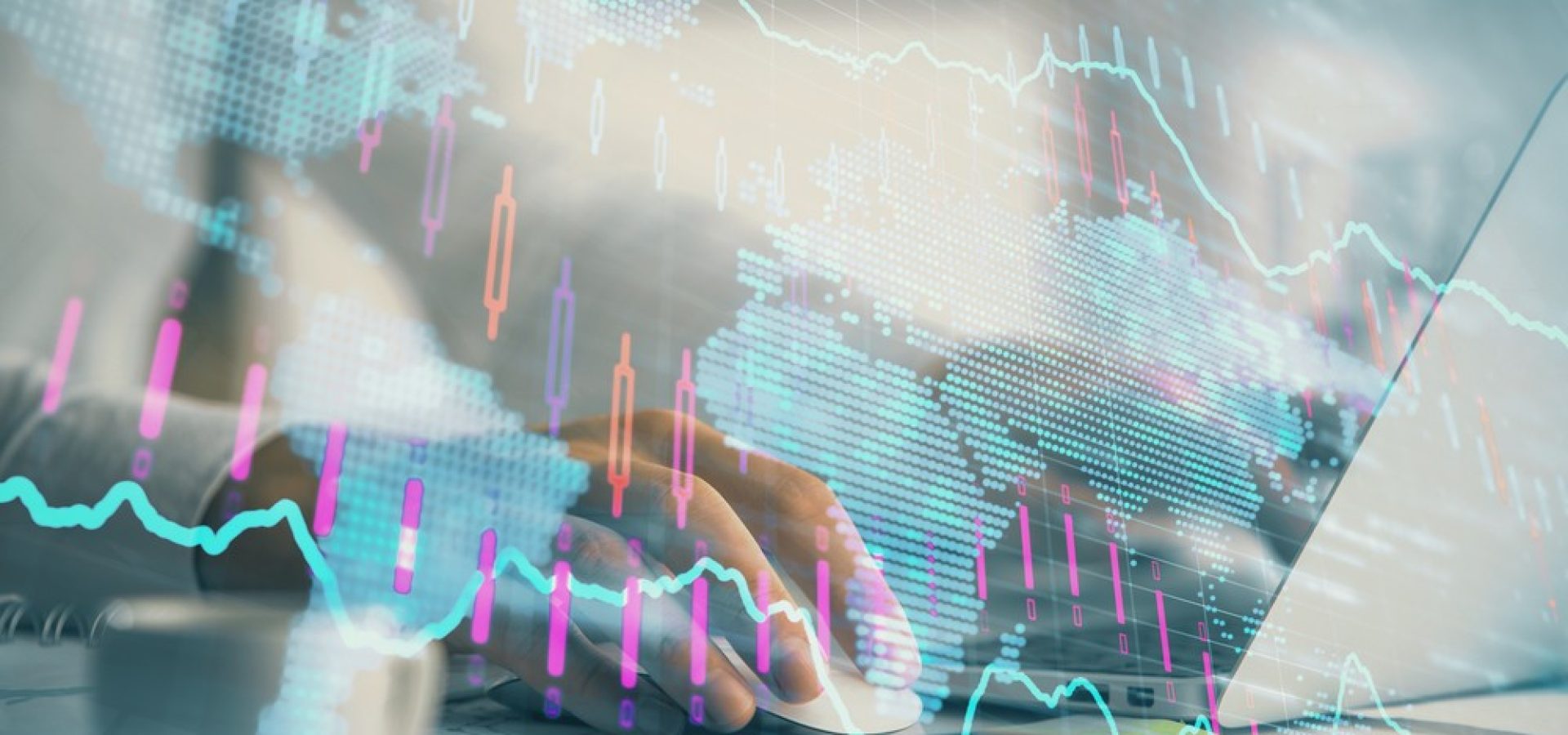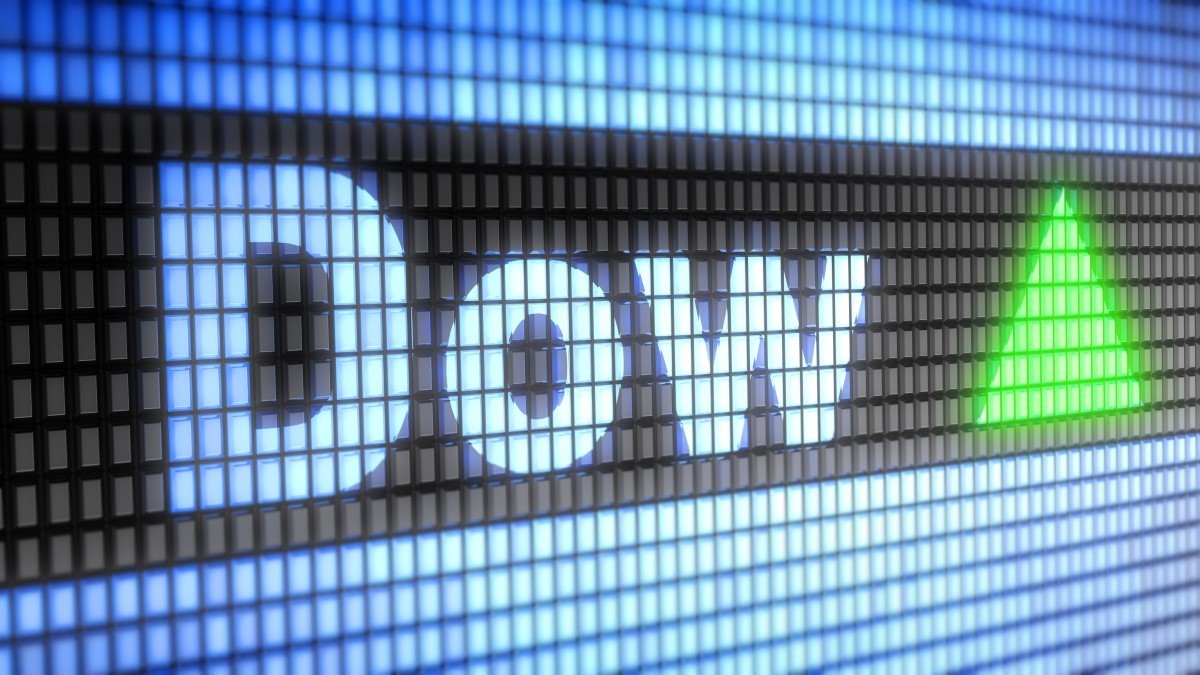If you know some basics in trading, then futures trading should be familiar for you. Futures trading lets traders speculate or hedge the future value of various assets (including stocks, bonds, and commodities). Trading futures can provide more leverage than trading stocks, providing the possibility of very high returns but very high risks.
As soon as you understand how the futures market works in your portfolio, you will gain skills to diversify your holdings.
What are futures anyway?
A futures contract means an agreement to buy and sell assets at an agreed price on a future date. This asset can be anything, starting from coffee, cocoa beans, soybeans, finishing with Cryptocurrencies, stocks, or commodities. Usually, futures contracts are traded on exchanges; one party agrees to purchase a certain amount of securities or commodities and received them on a specific date. The seller of the contract agreed to provide.
The futures market can be used by various financial participants, including investors and speculators, and companies that want to physically deliver or supply commodities, including a wide range of assets. For instance, you can trade oil in futures contracts. Investors can also trade S&P 500 index futures contracts-an example of stock futures investment.
Stock futures investing
Commodities account for a large part of the futures trading world, but not all are related to hogs, corn, and soybeans. Stock futures investment allows you to trade individual company futures and ETF stocks. There are futures contracts for bonds and even Bitcoin. Some traders like to trade futures because they can hold prominent positions (investment amount) while investing relatively little cash. This gives them tremendous leverage potential, rather than just directly owning securities.
Most investors consider buying assets and expect prices to rise in the future. During short selling, investors can do the opposite—borrow money to bet that asset prices that will fall so that they can buy at a lower price in the future.
A typical application of futures is related to the U.S. stock market. People who want to hedge their exposure to stocks may short-sell S&P 500 futures contracts. If the stock falls, he will profit when he goes short, balancing his index exposure. On the opposite, the same investor may be confident in the future and buy long contracts if the stock market increases.
How to trade futures
It is relatively easy to start trading futures. Open an account with a broker that supports the market you want to trade. The futures broker may ask about your experience in investment, income, and net assets. These questions are designed to determine the amount of margin and position risk that the broker allows you to assume.
There is no industry standard for the commission and fee structure in futures trading. Each broker provides different services. Some give a lot of research and advice, while others just give you a quote and chart.
Some websites will allow you to open a virtual trading account. Before investing real money in your first transaction, you can practice trading with “paper money.” This is a valuable way to check your understanding of the futures market and how the market, leverage, and commissions interact with your investment portfolio. If you are just starting, we strongly recommend that you spend some time trading in a virtual demo account until you are sure you have the hang of it.
Even experienced investors often use virtual trading accounts to test new strategies. Depending on the broker, they may allow you to access their analysis services in a virtual account.









COMMENTS